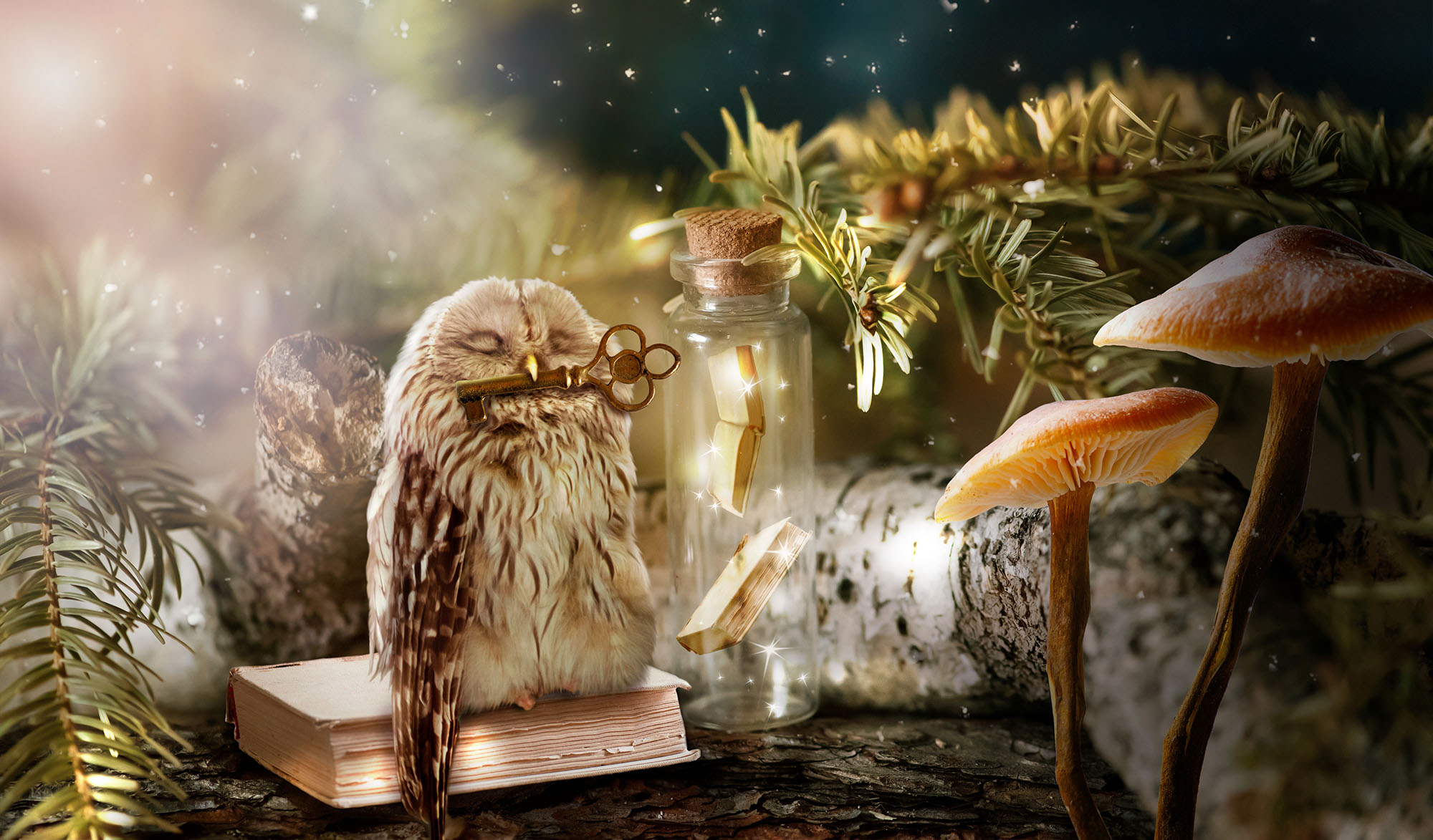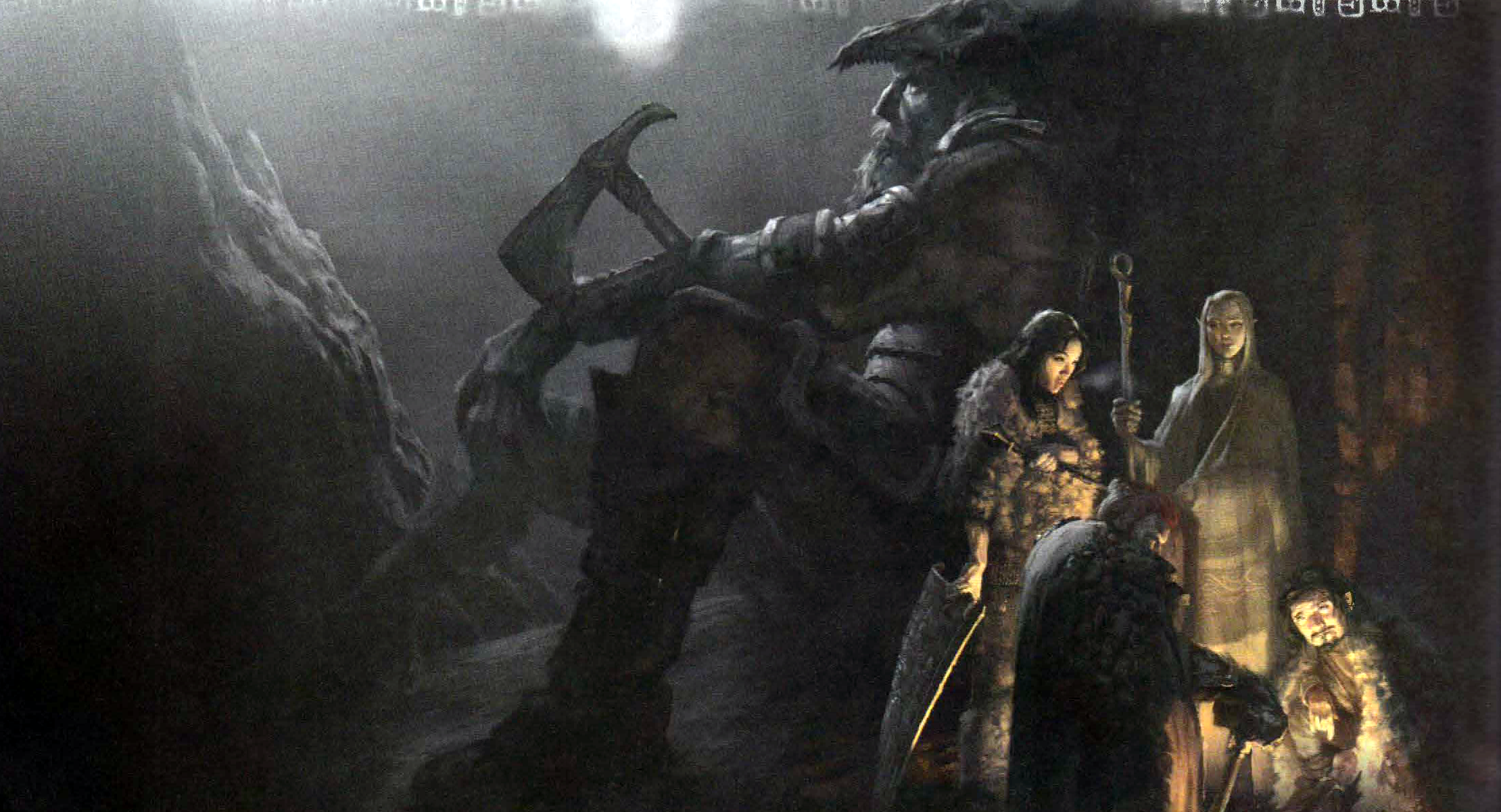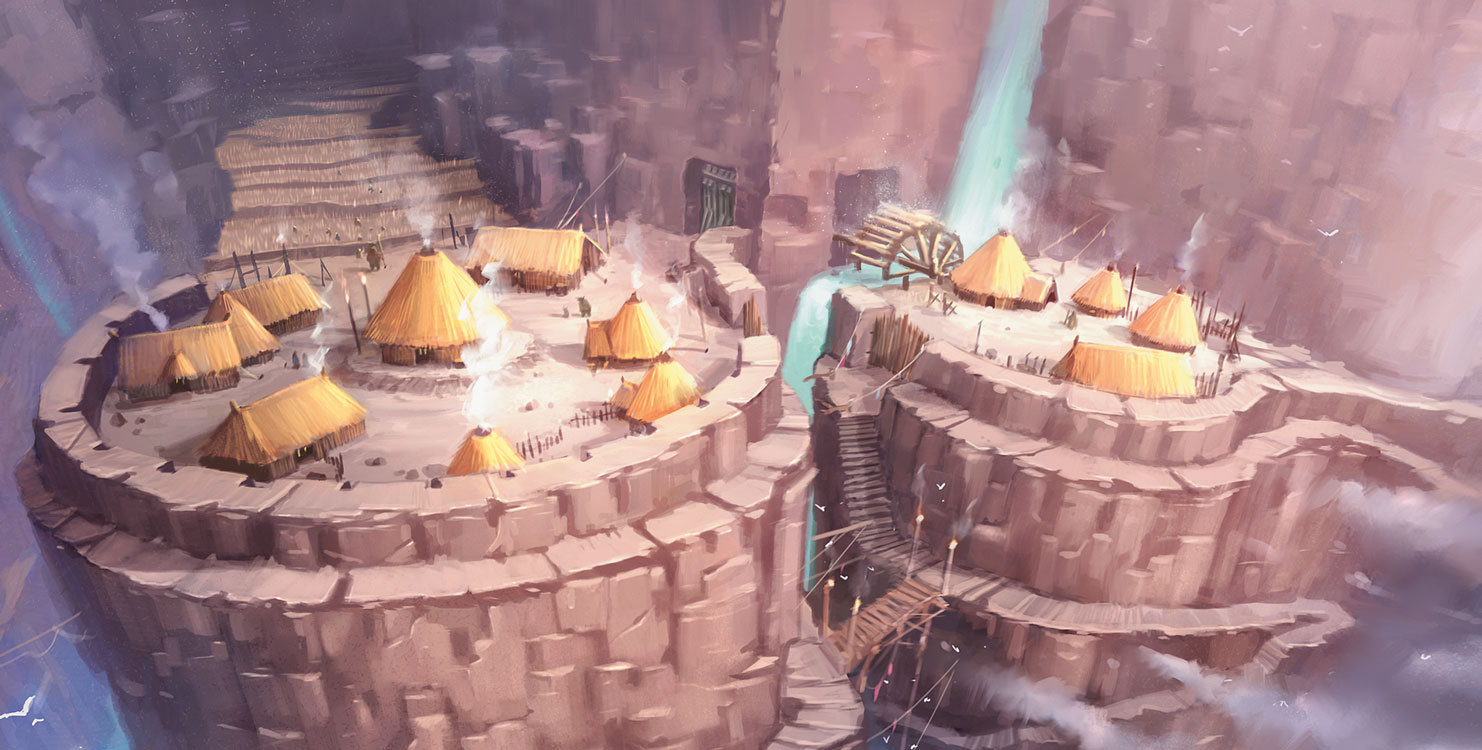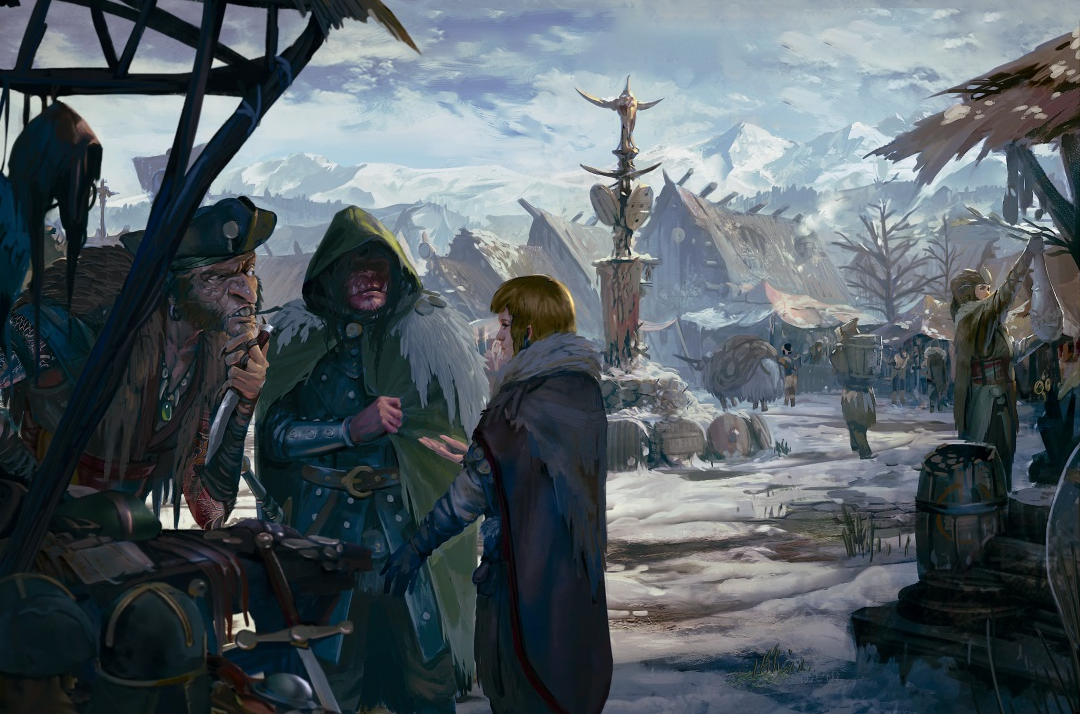
In 5th Edition, you can take either a short rest or long rest to recover from your adventures.
When taking a short rest a character can:
- Regain and use abilities that indicate they require a short rest (e.g., a warlock’s spell slots).
- Spend Hit Dice, one at a time, to regain hit points (up to their maximum Hit Dice, which is equal to the character’s level).
When taking a long rest a character with at least 1 hit point can:
- Regain and use abilities that indicate they require a long rest.
- Regain all lost hit points.
- Regain a number of spent Hit Dice equal to half the character’s total number of Hit Dice (minimum 1).
- Reduce their exhaustion level by 1, if they have also ingested food and drink.
Spending Hit Dice. When spending a Hit Die, roll the Hie Die plus the character’s Constitution modifier and restore that number of lost hit points. (This cannot increase the character’s hit points above their maximum hit point value.)
REQUIRED REST TIME
Setting the amount of time required for short rests and long rests will have a significant impact on the tone and balance of your campaign. Use this interval scale to set required rest times:
- 5 minutes / 1 dungeon turn
- 1 hour
- 8 hours
- 1 week
- 1 month
Usually a long rest will be one interval higher on the list than a short rest (e.g., if short rests require 8 hours, then a long rest will require 1 week). You can, of course, increase this gap (e.g., short rests requiring only 5 minutes, but long rests requiring a week). Note, however, that classes rely on different balances between short rests and long rests for using and regaining their abilities. The more divergent the period between short rests and long rests, the more you will tilt the balance to favor one set of classes.
Interrupted Rest: In order to rest, characters can only engage in light activity (eating, drinking, reading, tending wounds, standing watch). If characters engage in strenuous activity (which can include fighting, casting spells, walking for a significant distance, or similar adventuring activity), the required rest period is extended by twice the next lowest interval (or double the rest period if at the lowest rest interval).
(For example, if a rest requires 8 hours and a character casts spells during the rest, their required resting period will increase by 2 hours to a total of 10 hours.)
At the GM’s discretion, each distinct disruption to the rest may additionally extend the required resting period. (For example, if you get into a fight during a rest, it will extend the rest. If you get into another fight later in the rest, the resting period may be extended again.)
Design Note: The standard rules for restarting a disrupted rest are replaced here with rules for extending the rest.
Option – Limited Long Rests. The GM may limit the number of long rests a character can take in a given period. (For example, if long rests require 8 hours, the GM may limit characters to taking only one long rest per day. If a long rest takes 1 week, the GM might only allow long rests every other week.)
Option – Narrative Rest Time. Instead of associating rests with a specific amount of time in the game world, you can instead pace your rests based on the narrative structure of play.
For narrative long rests, it’s recommended that characters benefit from a long rest either at the end of a scenario (for episodic campaigns) or at the completion of a major goal (for multi-threaded campaigns).
For narrative short rests, give the players X number of short rests that they can use during the scenario at any time of their choosing. The number of rests will depend on the length of the scenario. As a rule of thumb, grant one short rest for every 5 encounters in the scenario.
Alternatively, allow the players to take a certain number of short rests per session. (As a rule of thumb, allow one narrative short rest for every two hours of play. This is particularly useful for multi-threaded campaigns where the PCs may be engaging with multiple scenarios simultaneously.)
You may or may not want to require the whole group to take their narrative short rests at the same time.
POOR REST
If a character is resting in poor conditions (too noisy, too cold, a slightly caustic atmosphere, random interruptions, a newborn baby in the house, etc.):
- Double the amount of time required to achieve a short rest.
- When taking long rests, the character must take two long rests (instead of one) to gain the normal benefits of the long rest.
Design Note: The distinction here becomes meaningful when you’re limiting the number of long rests characters can take – e.g., you need to rest 8 hours one night and then 8 hours the next to get a long rest; you can’t just rest for 16 hours straight. It also becomes significant if rests are being interrupted.
LACK OF SLEEP
If you get less than eight hours of sleep in a night, you must succeed at a Constitution saving throw (DC 20 – twice the number of hours you slept) or gain a level of exhaustion. (If this aligns with a long rest, the level of exhaustion is applied after the effects of a long rest.)
Elven Trance. Elves only require four hours of meditation in a night. If they get less than four hours of meditation, they must succeed on a Constitution saving throw (DC 20 – four times the number of hours they meditated) or gain a level of exhaustion.
Jet Lag. If a character rapidly shifts to a different time zone (or the equivalent thereof) due to teleportation, dimensional travel, flying carpet, or jumbo jet, they must make a Constitution saving throw for sleep deprivation even if they get 8 hours of sleep. Once a character succeeds at two consecutive sleep deprivation saving throws, their circadian rhythm has acclimated to the new time zone and they are no longer affected by the jet lag.
If the time zone shifts more than 4 hours or if the destination has a day/night cycle of a different length (or no day/night cycle at all), then the saving throw is made at disadvantage.
Characters using magical or pharmacological aids — like a sleep spell — to force a rest period that’s properly synched with the local time zone gain advantage on the sleep deprivation saving throw due to jet lag.
Taking your shoes off and scrunching your toes into the carpet also grants a +2 bonus on sleep deprivation saving throws due to jet lag. This bonus rises to +4 if you happen to do it during a terrorist attack.
(If you’re the sort who doesn’t like dragons passing like an express train and bursting over Bywater, you might choose to refer to this as “dimensional wildering” or “teleport lag.”)
CIRCADIAN EFFECTOR
1st-level enchantment (Artificer, Bard, Cleric, Druid, Warlock, Wizard)
Casting Time: 1
Range: Touch
Components: V, S, M
Duration: 10 minutes or instantaneous
When cast on a character suffering from jet lag, circadian effector immediately removes the effects of jet lag. (It has no effect on other forms of exhaustion.)
If cast on a sleeping character, circadian effector immediately acclimates the character to their current time zone. If used in this way, the effect is instantaneous (which means it does not wear off and cannot be dispelled, although a character can be subjected to fresh jet lag if they move to yet another time zone).
The spell can also be used to induce the effects of jet lag on a character not currently suffering from it for the duration of the spell (Constitution saving throw negates). Or, if cast on a sleeping character, the spell acclimates them to a time zone of the caster’s choice as an instantaneous effect (presumably causing them to suffer from jet lag in their current time zone).
OPTIONAL RULE: NATURAL HEALING
When using the natural healing optional rule, characters do not automatically recover all of their hit points at the end of a long rest. Instead, long rests, just like short rests, allow a character to expend Hit Dice (including the Hit Dice they just recovered).
OPTIONAL RULE: RESTING IN ARMOR
Resting in light armor counts as a single interruption to the rest period (extending the required rest period accordingly).
Resting in heavy armor is considered resting in poor conditions.
OPTIONAL RULE: LONG RESTS & DOWNTIME
Under this optional rule, downtime activities do not count as strenuous activity for the purposes of interrupting rest.
Alternatively, the GM might prep a specific list of allowed downtime activities. (Although it should be noted that many downtime activities are already allowed under the guidelines for interrupting rest. It’s only necessary to implement this rule if you are allowing downtime activities which might otherwise interrupt rest.)
Design Note: The goal of this rule is to encourage the use of downtime activities. If long rests require 1 week and more or less the only thing characters can do with that time are downtime activities, that will almost certainly guarantee a lot of downtime activities being used in your campaign.
Special thank to the Alexandrian Discord crew for their invaluable feedback on this article during its development.
 True bloodwights are among the deadliest of the undead banes, capable of achieving power to rival even the most potent liches. If they become trapped and unable to feed, however, their blood-drenched flesh dries to desiccated husks; their desperate and unquenched need for living energy driving them first to madness and then to near-brainlessness.
True bloodwights are among the deadliest of the undead banes, capable of achieving power to rival even the most potent liches. If they become trapped and unable to feed, however, their blood-drenched flesh dries to desiccated husks; their desperate and unquenched need for living energy driving them first to madness and then to near-brainlessness.














